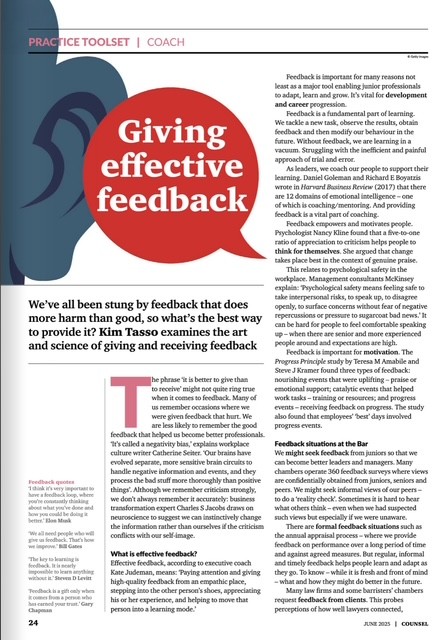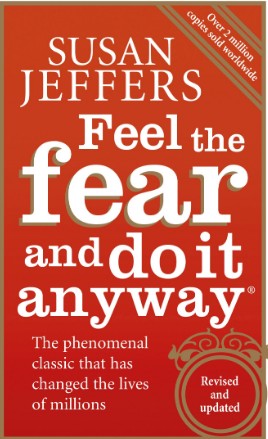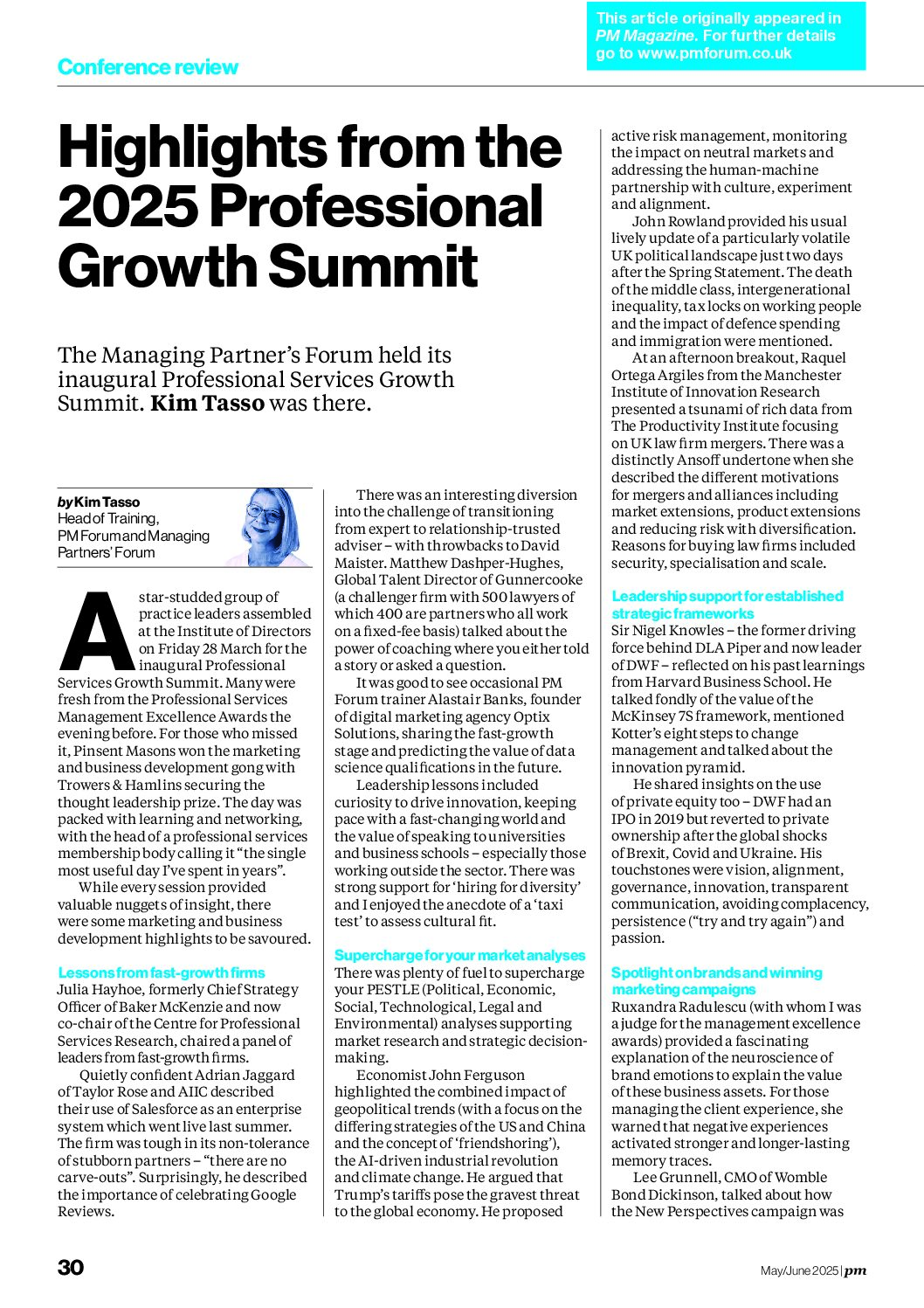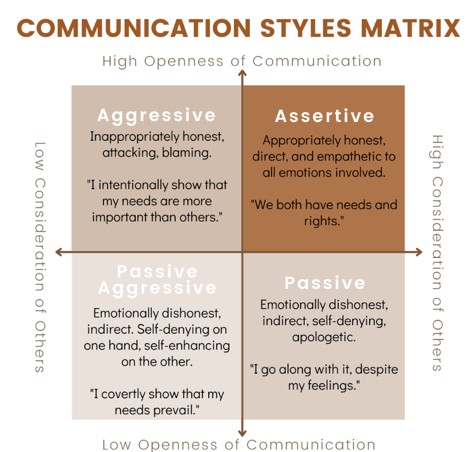
At the recent “Be more strategic” workshop (organised by Professional Marketing Forum https://www.pmforum.co.uk/training.aspx) the delegates – from law firms, accountancy practices, management consultancies and property partnerships – discussed a range of ideas and tools to be more strategic. Be more onion, time out from the tsunami and other strategy insights are summarised here.
Time out from the tsunami
Both fee-earners and support staff have to tackle a tsunami of stuff every day. There are so many demands on our time and energy that we have to run very fast just to keep up. This means that we are so busy that we rarely take time out to step back and think about our aims – and possibly other ways to achieve them.
Strategy is like navigating. We need to decide where we want to go and navigate (using our “guiding star” of strategy) our way to our goals through whatever the prevailing conditions throw at us.
http://kimtasso.com/be-more-strategic-insights-into-the-strategy-development-process/
As 70-90% of our behaviour is habitual, it is hard to break out of established ways of thinking and routines, to challenge our assumptions or think of different ways to tackle the problem.
Be more onion
We looked at the onion model for strategic and marketing audits. We considered that often our analyses are inward-looking and focused on past fees, profits and clients. The onion model encourages us to peel back the layers of the firm’s context – the wider political, economic, sociological and technological (macro) environment and the competitive, regional and local near (micro) competitive environment.
Two blog posts relating to PESTLE or STEP analyses:
http://kimtasso.com/law-society-legal-market-research-2016-future-legal-services/
Build on data and insight foundations
Strategy doesn’t happen in a vacuum. Our firms are affected by what happens in the wider environment. We use data, information and insight to outline the issues and opportunities. To frame the core challenge we need to overcome. Data and insights provide strong foundations for strategy.
Strategy development requires us to obtain more information about the things we don’t know – what our competitors are doing, what our clients think and what might happen in the future. There’s a huge role for marketers and business development people in identifying what primary and secondary research is required and helping our Boards and fee-earners to get hold of that information.
Interrogate
Strategy development is driven by asking questions. We ask about the vision and values of the organisation (and explore the Simon Sinek model of “Why are we in business?”). We ask questions about what we want to achieve in the future. We ask questions to consider the different ways we can achieve those objectives.
We also considered the role of questions in getting to the underlying mental models, assumptions and biases. We use questions to consider “What if?” scenarios and to think the unthinkable. Questions are also helpful in assessing the risks in both adopting a new strategy and also in doing nothing and carrying on the same as always.
http://kimtasso.com/coaching-skills-power-questions-2017/
Don’t ignore the outliers
It’s easy to focus on the main trends. There’s a natural tendency to respond to the most frequent demands. To follow the herd. But sometimes we need to be alert to the weak signals. We need to listen to the comments of the more challenging clients or the maverick fee-earners.
Sometimes the outliers provide insight into an imminent change or an unusual opportunity. And we can gain a competitive advantage by stealing a lead on our competitors.
It’s the journey not the destination that counts
We need our fee-earners to be engaged in strategic thinking. We need to present the data, information and insight so that they can see the problem or opportunity for themselves. We need to agree the future vision, set boundaries for the solutions, perhaps reframe the challenge into an opportunity, and make the necessary choices.
Then we can facilitate the discussion that decides what action to take. It’s good to talk – to share views and co-create solutions. Diversity is important for good decision- making – encouraging different perspectives that help us avoid established mental models and cognitive biases. Buy-in is also secured this way – rather than developing a strategy centrally and expecting everyone to accept it.
Segment the market
One of the exercises that prompted most interest was our attempt at market mapping. Understanding our target market – and what value the clients seek – is the starting point for marketing strategy.
By drawing a variety of market maps we realised that often our segmentation and targeting strategies were too broad. We need to spend more time analysing the market and identifying the specific segments we are trying to reach. And then developing a suitable value proposition for that segment.
Differentiation and competitive advantage
In the definitions of strategy from many experts, there is the need for competitive advantage. We need a strategy that sets us apart from the competition. This can be done in many ways but in essence revolves around doing things cheaper or better than others – perhaps through innovation.
But the minute we start implementing a new strategy, we can assume that our competitors and the market will react in some way. So the competitive advantage we choose needs to be sustainable.
Branding is one way in which we can achieve differentiation – by developing a perceived and valued difference that supports higher pricing. Client intimacy, process efficiency, product innovation, strategic alliances, experience management and staff engagement might be other approaches.
http://kimtasso.com/differentiation-strategies-innovation/
http://kimtasso.com/marketing-planning-in-a-nutshell-selecting-a-strategy/
Decide on short and long term profit
During the session on goal-setting, we considered profits. Most firms focus on maximising profit in the short term – selling more of existing services to existing markets. Yet we need to consider either some new service development or new market development to develop future profit streams. We talked about how portfolio analysis can show us where we are earning most profit at present – and where we might be eroding value and profits.
Achieving the right balance (which will depend on the prevailing culture and attitude to risk and investment) of short and long term profitability is a challenge in strategy development. Strategy is about choice – we cannot grasp all the opportunities that are before us. There simply aren’t enough resources. We need to choose which paths and actions to take and focus attention.
Communicate the change simply
The type of plans that we need – to present detailed information, explore options, make decisions, plan activities and request budget may be too detailed for most fee-earners. People need to know why a change is necessary and to have an emotional commitment to the future vision. We need a simple way to show where we are and where we want to get to.
A simple model we examined showed just five columns: From, To, Why, How and When.









